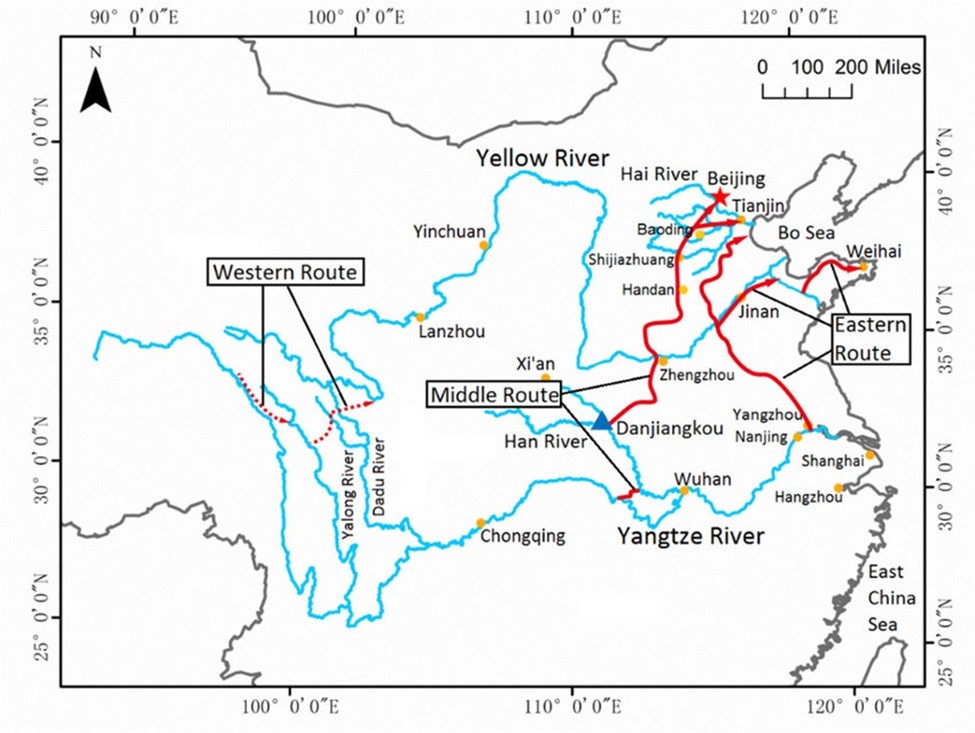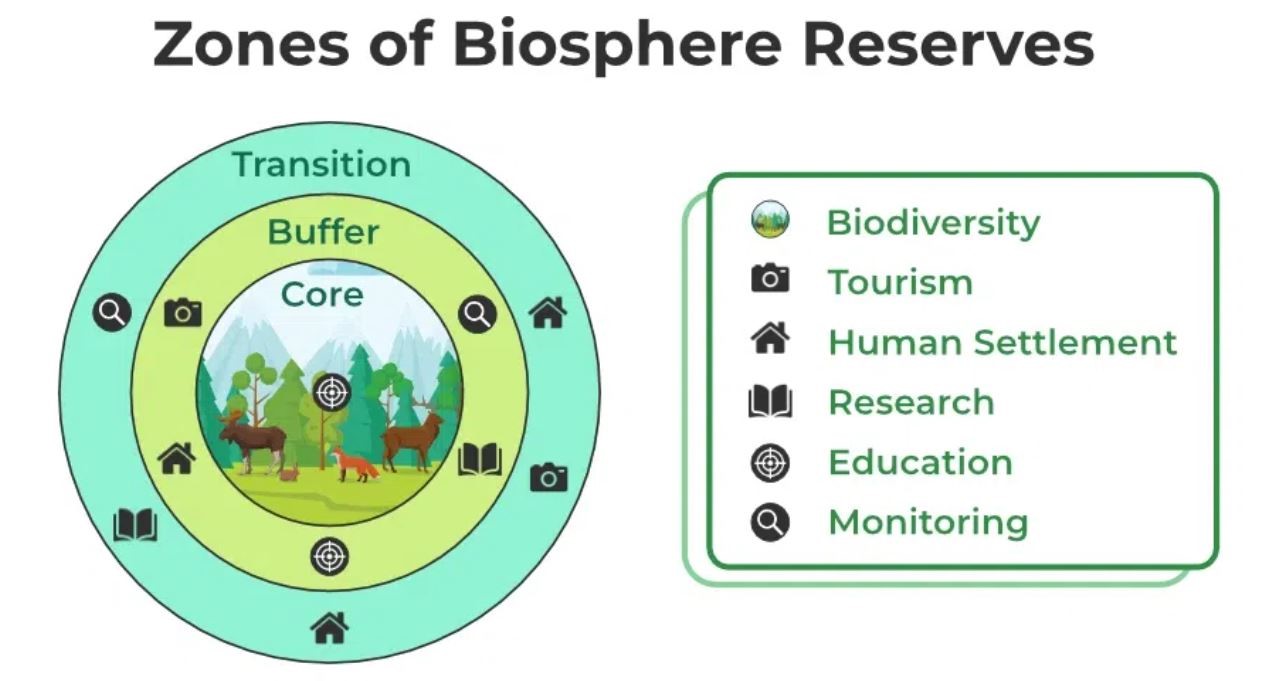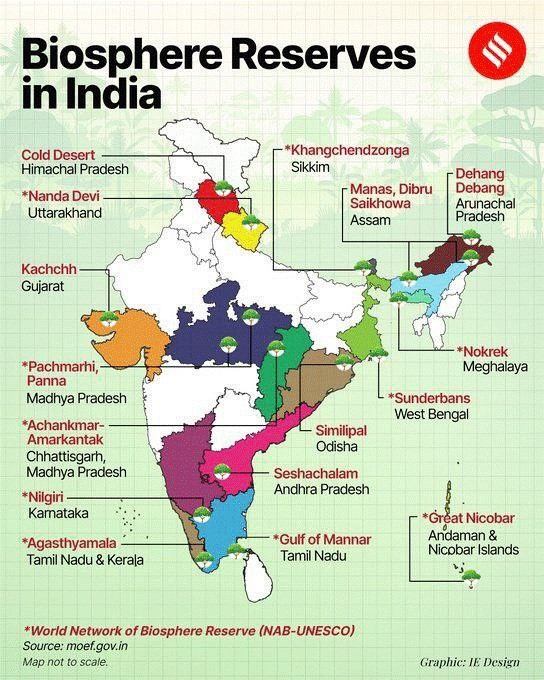A USIBC delegation, led by its Executive Vice Chairman, met with the Union Minister in Delhi to discuss various collaboration opportunities.
Key Points of the meeting
References
The government authorities have detained two anti-dam activists protesting against the Upper Siang Hydroelectric project.

|
Siang River |
|
Reference
Indian Express | Upper Siang Hydroelectric project
According to the Association of Mutual Funds in India (AMFI), inflows into India's equity mutual funds hit a record high.
|
Equity Mutual Funds |
|
|
Types |
Details |
|
Small-cap Equity Funds |
|
|
Mid-cap Equity Funds |
|
|
Large-cap Equity Funds |
|
|
Large- & Mid-cap Equity Funds
|
|
|
Multi-cap funds
|
|
Features of an Equity Mutual Fund
Expense ratio is the annual maintenance charge levied by mutual funds to finance its expenses.
|
Association of Mutual Funds in India |
|
References
UNESCO has recently designated 11 new Biosphere Reserves across 11 countries.
|
New Additions to the UNESCO Biosphere Reserve List |
|
|
Kempen-Broek Transboundary Biosphere Reserve |
Belgium, Kingdom of the Netherlands |
|
Darién Norte Chocoano Biosphere Reserve |
Colombia |
|
Madre de las Aguas Biosphere Reserve |
Dominican Republic |
|
Niumi Biosphere Reserve |
Gambia |
|
Colli Euganei Biosphere Reserve |
Italy |
|
Julian Alps Transboundary Biosphere Reserve |
Italy, Slovenia |
|
Khar Us Lake Biosphere Reserve |
Mongolia |
|
Apayaos Biosphere Reserve |
Philippines |
|
Changnyeong Biosphere Reserve |
Republic of Korea |
|
Val d'Aran Biosphere Reserve |
Spain |
|
Irati Biosphere Reserve |
Spain |

The World Network of Biosphere Reserves now totals 759 sites in 136 countries.

References
Ministry of Ports, Shipping and Waterways recently participated in the 132nd session of the Council of the International Maritime Organization (IMO) in London.
References